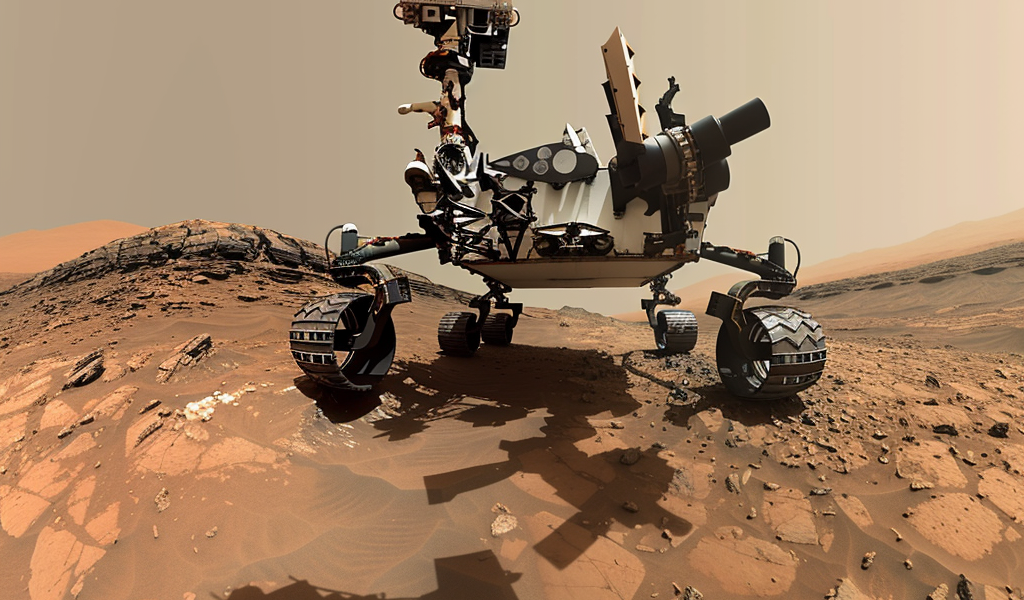NASA’S CURIOSITY ROVER CLOSER TO SOLVING MYSTERY OF METHANE BIOSIGNATURE ON MARS, AIDING SEARCH FOR LIFE
A research team evaluating data from the Mars Curiosity Rover says they are closing in on the source of the elusive methane biosignature gas in the red planet’s atmosphere. Until now, the source of the gas in the Martian atmosphere has remained elusive, challenging the research team’s ability to determine if the gas is caused by life on Mars or by other natural processes.
With these new findings, Curiosity’s operators say they may have finally cracked the methane mystery, dramatically increasing the chances of finding signs of past, or even present life on Mars.
“A primary focus of NASA’s Mars missions, including Curiosity and Perseverance, is to detect and understand past or present signs of life, such as methane,” explains a Los Alamos National Laboratory press release announcing the rover’s latest findings. “However, with the source of methane on Mars likely being underground, short-term variations in atmospheric methane levels have posed a research challenge.”
That’s because the rover has periodically picked up the gas’ telltale chemical signature in the atmosphere, but those signals appear at various times and locations. This sporadic nature of Mars’ atmospheric methane has stymied efforts to track its source. Now, the curiosity team says their latest models may have finally cracked the code, allowing them to refine their search and perhaps lead biosignature-hunting scientists to its source.
HIGH POWER SIMULATIONS MAY CRACK THE MARS METHANE CODE
“Understanding Mars’ methane variations has been highlighted by NASA’s Curiosity team as the next key step towards figuring out where it comes from,” said John Ortiz, a graduate student at Los Alamos National Laboratory who led the research team. “There are several challenges associated with meeting that goal, and a big one is knowing what time of a given sol (Martian day) is best for Curiosity to perform an atmospheric sampling experiment.”
To get a clearer picture of the atmospheric signals on Mars, Ortiz and his team used “high-performance computing clusters” that allowed them to more precisely model the movement of methane through the planet’s network of underground fractures. These findings also help the team determine how methane escapes those clusters and ends up in the atmosphere.
They also modeled how the porous rocks on the Martian surface absorb and then release methane. This cycle, they report, “is a temperature-dependent process that may contribute to the methane level fluctuations.”
ATMOSPHERIC PRESSURE CHANGES REVEAL SEASONAL AND DAILY FLUCTUATIONS
After fine-tuning the data, the Los Alamos researchers say their simulations showed that pressure changes in Mars’ atmosphere likely “pull” methane out of the rocks.





